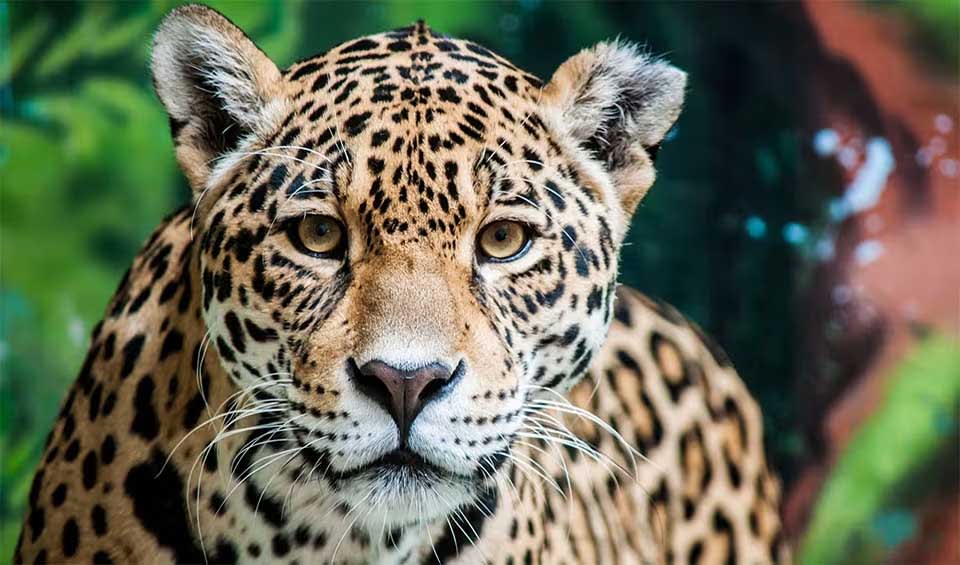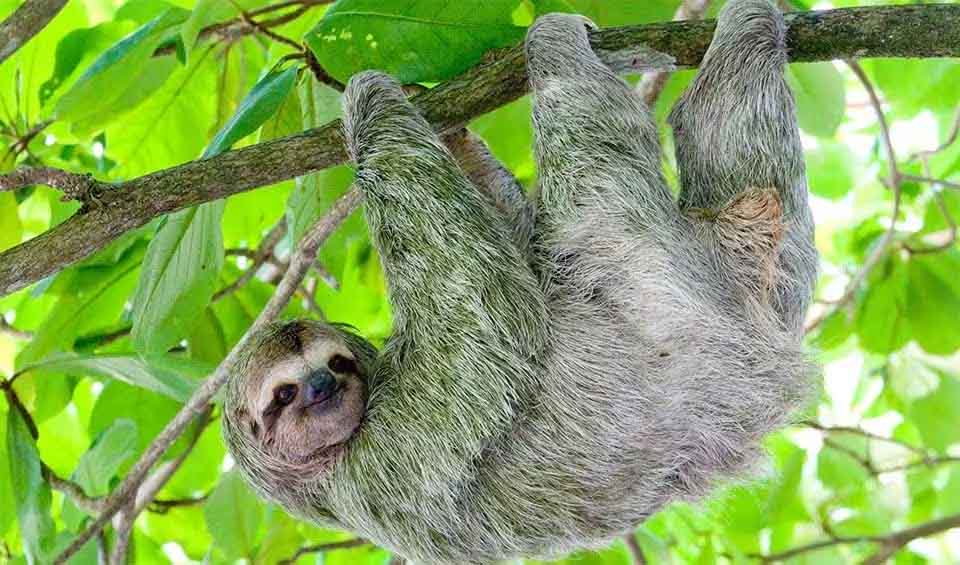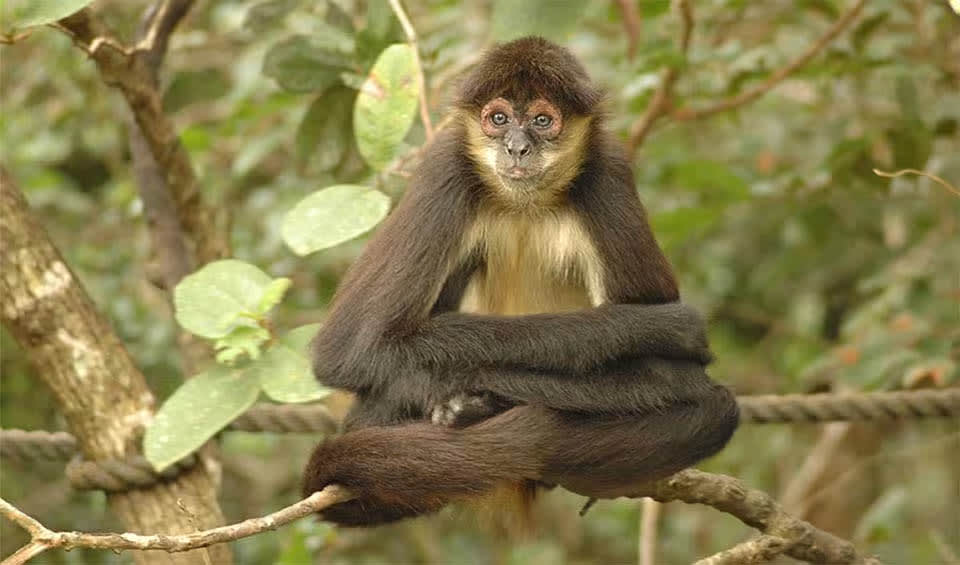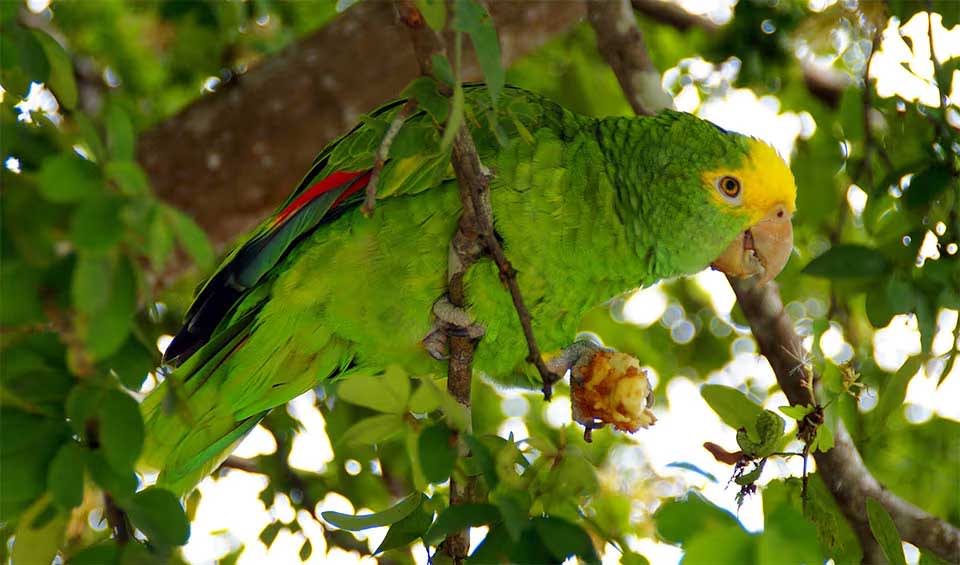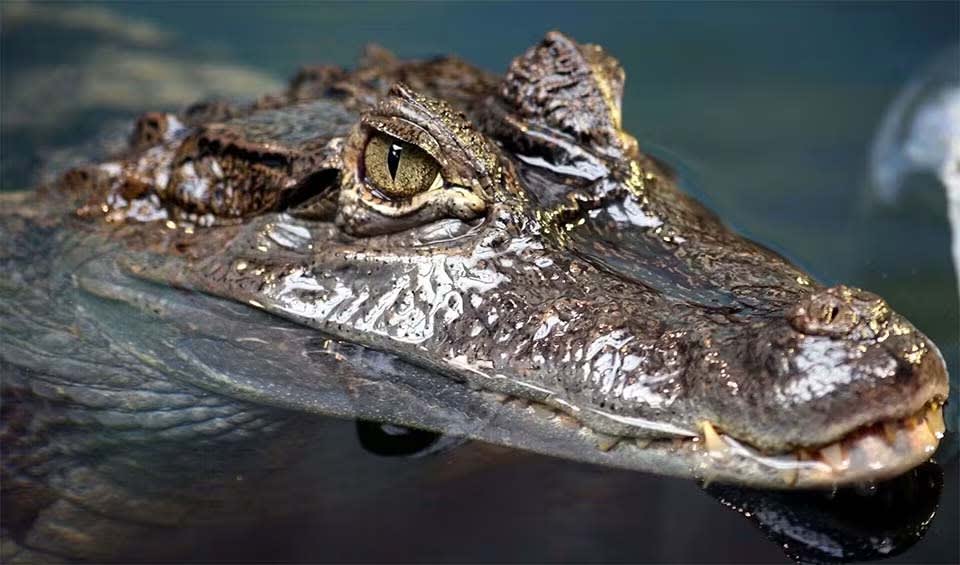Honduras, located in Central America, is bordered by Guatemala to the west, El Salvador to the southwest, and Nicaragua to the southeast, with coastlines along the Caribbean Sea to the north and the Pacific Ocean to the south. The country covers an area of about 112,492 km² (43,433 mi²). Honduras features diverse landscapes, including coastal plains, mountain ranges, and tropical rainforests.
Honduras’s varied landscapes support rich biodiversity. The country’s tropical rainforests are home to a wide range of wildlife, including jaguars, ocelots, and howler monkeys. The cloud forests, especially in regions like La Tigra National Park, host unique plant and animal species, including the resplendent quetzal. Honduras’s coastal areas and coral reefs, particularly around the Bay Islands, are known for their vibrant marine life, including sea turtles, dolphins, and a multitude of fish species. The country’s rivers and wetlands provide crucial habitats for various bird species, such as toucans and macaws.
Four pillars elaborated:
Honduras boasts a diverse range of protected areas, with a total of 107 designated sites, 57 of which are legally protected. These areas cover a significant portion of the country’s land and marine territories, amounting to 23.45% of the land and 4.58% of marine environments. Honduras’s protected areas include national parks, biological reserves, wildlife refuges, and marine protected areas, ensuring the preservation of its rich biodiversity and unique habitats. The country’s conservation efforts have garnered international recognition, with several protected areas earning the prestigious IUCN Green List status, a testament to their effective management and governance. Land Management
Land Management
The primary challenges to biodiversity in Honduras persist due to insufficient planning regarding production activities, deforestation, forest fires, unlawful hunting, unchecked extraction of forest resources, the introduction of invasive species, ecosystem pollution, and urban expansion. Additionally, the overarching cumulative impacts of climate change pose significant natural hazards. Threats to Biodiversity
Threats to Biodiversity
Biodiversity has been integrated into Honduras’ National Development and Poverty Reduction Plans, showcasing a commitment to environmental sustainability. The establishment of the Marine Studies Center in 2006 on Utila Island has since expanded its reach to both the Caribbean and Pacific coasts, engaging in regional projects concerning the Mesoamerican reef and the Gulf of Fonseca. Bilateral and trilateral alliances with Honduras, Nicaragua, and El Salvador within the Central American Commission on Environment and Development (CCAD) underscore collaborative efforts in environmental conservation. Capacity and Governance
Capacity and Governance
Honduras’ adoption of a new Forest Law in 2013 has propelled conservation initiatives forward, particularly within the Mesoamerican Biological Corridor, where ninety percent of the nation’s primary forests are situated. Additionally, as a UN-REDD Programme Partner Country, Honduras actively contributes to global efforts aimed at reducing emissions from deforestation and forest degradation.
Honduras introduced a novel initiative during COP28 in Dubai to preserve and restore the Moskitia forest, its largest forested area. The goal is to eliminate deforestation and illegal cattle ranching in the forest entirely by 2030, underscoring the country’s heightened commitment to combatting these practices. Additionally, Honduras acknowledges the vital role of its coastal wetlands in supporting biodiversity, mitigating climate change, and sustaining local livelihoods. Efforts are underway to safeguard and rehabilitate these critical ecosystems. Future Trends
Future Trends
Biodiversity
The country’s tropical rainforests, particularly those in the Mosquito Coast and La Mosquitia region, are among the most biodiverse areas in Central America. These dense forests are home to a multitude of plant species, including mahogany, ceiba, and a variety of orchids and bromeliads. The rainforests also provide habitats for numerous animal species, such as the Honduran emerald hummingbird, the endangered salamander species of the genus Bolitoglossa, tapirs, and various species of monkeys like the howler and spider monkeys. Birdlife is abundant, with species like the scarlet macaw, keel-billed toucan, herons, egrets, and the endangered jabiru stork.Honduras’s coastal and marine environments are equally significant. The Bay Islands, including Roatán, Utila, and Guanaja, are encircled by the Mesoamerican Barrier Reef, a crucial ecosystem and the second-largest coral reef system globally. These coral reefs are a bustling hub of marine life, hosting a kaleidoscope of colorful fish, graceful sea turtles, playful dolphins, and a diverse range of sharks and rays.
In the table below are the number of known species in several main groups, how many of these species are Threatened with extinction, and how many of them are Endemic (unique to Honduras only):
| Species (World rank) |
Threatened | % Threatened | Endemic | % Endemic | |
|---|---|---|---|---|---|
| Mammals | 237 (#45) | 8 | 3.4% | 9 | 3.8% |
| Birds | 708 (#36) | 17 | 2.4% | 1 | 0.1% |
| Reptiles | 283 (#32) | 40 | 14.1% | 51 | 18.0% |
| Amphibians | 149 (#25) | 55 | 36.9% | 59 | 39.6% |
| Fishes | 1,043 (#46) | 62 | 5.9% | 7 | 0.7% |
| Plants | 7,584 (#42) | 134 | 1.8% | 12 | 0.2% |
mammals
Jaguar
This solitary cat is America’s largest feline and the world’s third, after the tiger and the lion
Brown-throated sloth
Cute but lazy species harmlessly sleep in the trees for 14 to 16 hours a day
Geoffroys spider monkey
Hooks for hands…
birds
Yellow-headed parrot
A genius of the jungle with a vibrant fashion sense
Yellow-throated toucan
Formerly known as Yellow fronted toucan; formerly-formerly known as Chestnut-mandibled toucan
Harpy eagle
The world’s most spectacular and most robust eagle species serves a critical ecological role in the ecosystem they live in
reptiles
Spectacled caiman
You might get the worst scare of your life if you see the crimson glow in the eyes of these creatures at night
Northern curly-tailed lizard
Known for its distinctive curly tail, which it can shed to distract predators
Yellow-bellied sea snake
The most widespread species of snakes on earth are found throughout the Indian and Pacific Oceans and from Africa to Central America
amphibians
Black-eyed leaf frog
Has bulging orange eyes that seem to pop right out of its head, earning it the nickname “popeye hyla”
Cane toad
When a big one meets a smaller one, it’s lunch!
Red-eyed tree frog
A charismatic frog is known for its beauty which can often be seen on all sorts of artwork throughout the world
National Animals
White-tailed deer
We use our agility and speed to outrun their predators, sprinting up to 48.2km/h (30 mph) and leaping as high as 3m (10 ft)
Scarlet macaw
One of the most colorful birds — effortlessly falls in love
